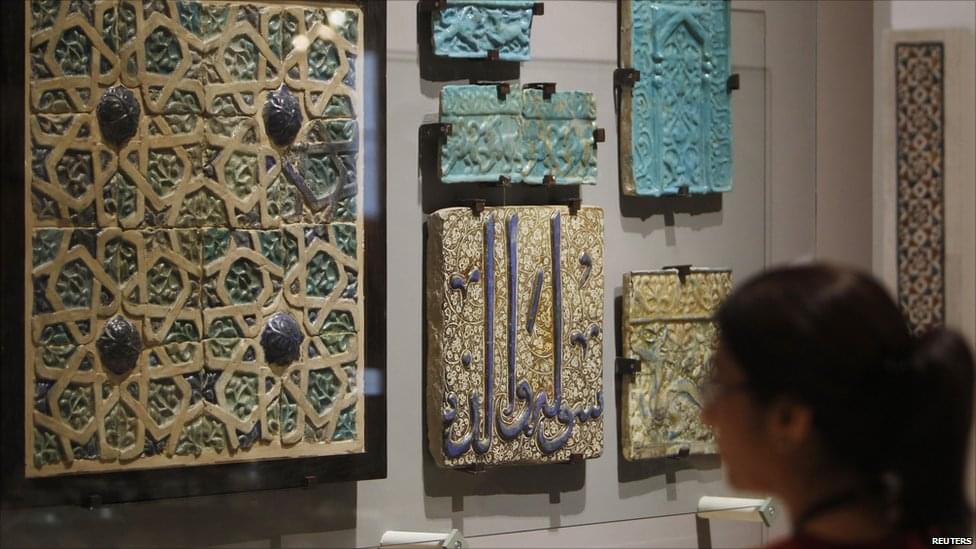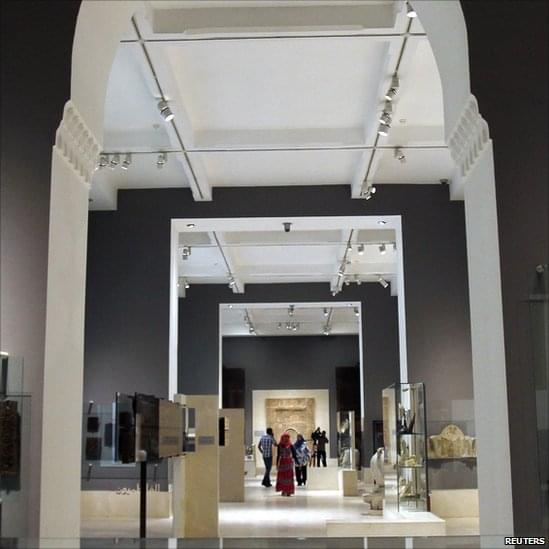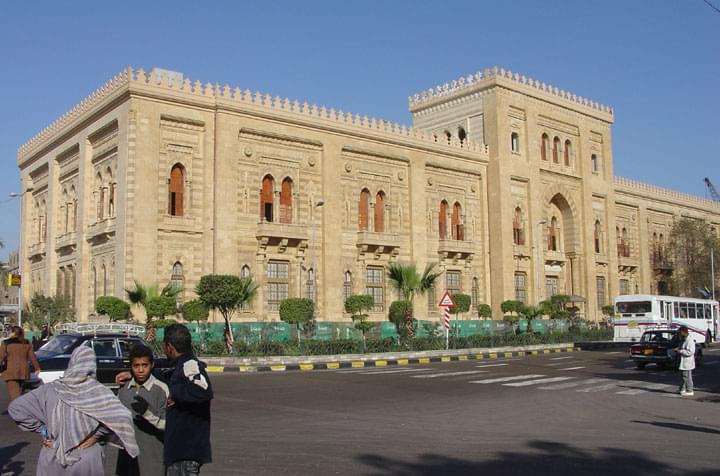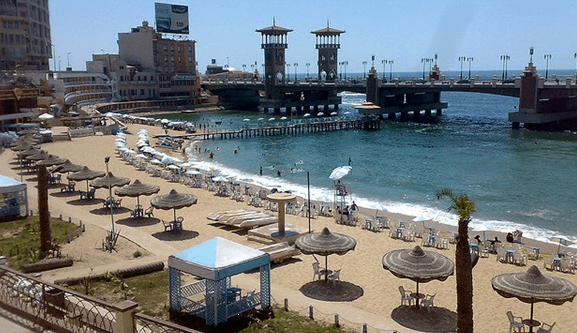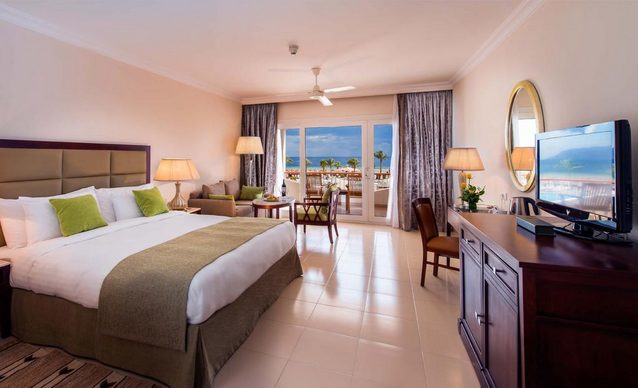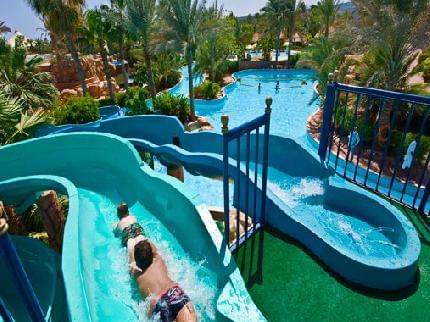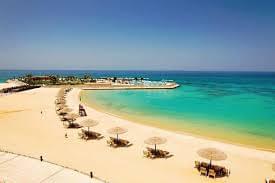The Museum of Islamic Art in Cairo, Arab Republic of Egypt, is considered one of the largest museums in the world and is indeed the largest Islamic museum in the world, with its wonderful design of wood, plaster and rare artifacts, as well as minerals, porcelain, glass and crystal, and spinning and weaving of objects for all periods, From all over the Islamic world.
In recent years, the museum has displayed about 2,500 artifacts in 25 galleries, but it houses more than 102,000 objects, with what remains in storage.
It includes the collection of rare manuscripts of the Qur’an, with some calligraphy written in silver ink, on pages with detailed boundaries.
The Museum of Archaeological Excavations in the Fustat region held and organized a number of national and international exhibitions.
The museum has been closed to renovations since 2003, and it reopened in August 2010, after 8 years.
The cost of returning is approximately $ 10 million USD.
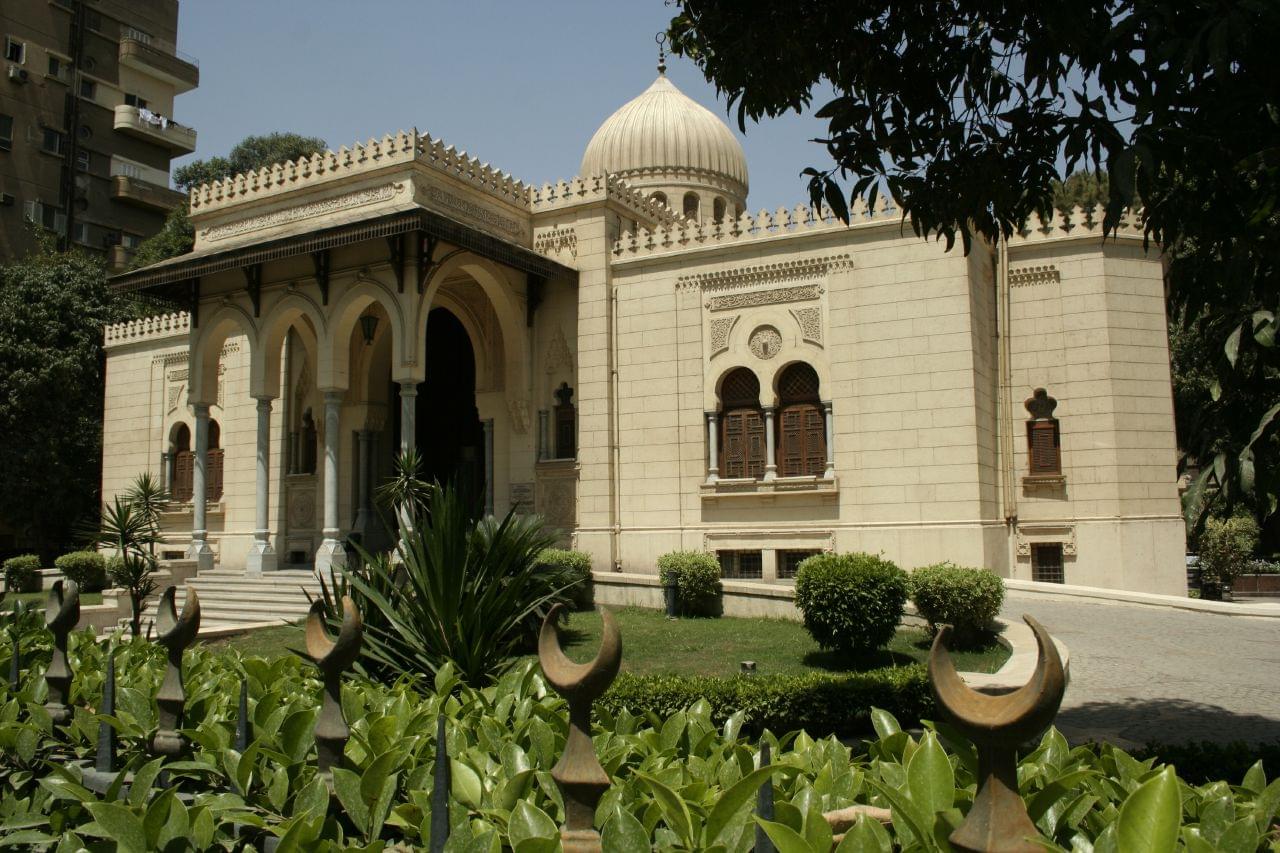
The Cairo Historical Museum faces perfectly.
It has two entrances, one on the northeastern side and the other on the southeastern side.
There is a beautiful garden with a fountain to the first entrance but it was removed at a later time, while the entrance on Port Said Street is characterized by its very luxurious façade, and a rich garden with decorations and rest is inspired by Islamic architecture in Egypt from different periods.
The museum is a two-storey building, the lower floor contains exhibition halls and the upper floor contains public stores.
It also contains the store’s cellar connected with the restoration department.
Although the Pharaonic art was recognized and referred to in Cairo by the institution in 1858 from the Department of Antiquities and the Egyptian Museum, Arab appreciation and in Islamic art lagged behind.
Khedive Ismail agreed to the proposal to establish the Arab Art Museum in the courtyard of the Baybars Mosque, but this was not implemented until 1880, when the Khedive ordered the conciliation of the Ministry of Endowments (P: Endowments – Endowments) to prepare it.
Julius Franz, an Austrian scholar of Hungarian origin, head of the Department of Technology in the Endowments, suggested in 1881 that the mosque was destroyed by the Fatimid Caliph al-Hakim, adjacent to Bab al-Futuh, as the temporary seat of the museum.
Tire and accordingly there are furnished in the eastern corridors, consisting initially of 111 architectural pieces taken from other monuments.
Things improved in the same year when the Khedive Tawfiq agreed “a committee of Arab antiquities”, which included operating the Arab Museum, providing it with objects and preserving antiquities.
As a result, the halls of the mosque were filled with overflowing.
In 1884, the two-story structure was built in a yard to house a group of 900 objects, although its staff consisted of only one curator and door guard.
In 1887 Max Hertz, as Austrian-Hungarian, replaced Julius Franz, and began making several changes.
He suggested the name of a museum and then returned to an exhibition of Arab antiquities (AR: Arab Antiquities House – Dar Al-Athar Al-Arabiya).
Before 1895 the collection numbered to 1,641, and the new building became so crowded, that he even asked the endowments to build a larger museum.
In 1899 it laid the foundations for a larger building located in the Bab al-Khalq area of Cairo.
The new and existing building was designed by Alfonso Manescalo, and completed in 1902 in the Mameluke Neo style, with the upper floors of the National Library residential.

